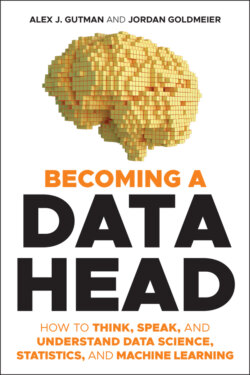Читать книгу Becoming a Data Head - Alex J. Gutman - Страница 42
Discussion
ОглавлениеIn this scenario, it seemed like everything went well. But the fundamental question—why is the project important?—doesn't appear to have been brought up. Instead, the project team moved forward attempting to answer another question: “Can we build a dashboard to monitor the sentiment of customer feedback on the company's Twitter and Facebook pages?” The answer, of course, was yes, they could. But in the end the project wasn't useful or even important to the organization.
You would think marketers would have had more to say, but they were not identified as people who would have been affected by the project. In addition, this project exhibited two early warning signs in how the team attempted to solve the problem: methodology focus (sentiment analysis) and deliverable focus (dashboard).
Moreover, the project team in the Customer Perception scenario could have taken their problem, “Can we build a dashboard to monitor the sentiment of customer feedback on the company's Twitter and Facebook pages?” and performed a solution trial run. They could have assumed a dashboard was available and updated daily with positive/negative sentiments of social media comments:
Can we use the answer? The team would be thinking about the relevance of sentiment analysis on customer perception. How can the team use the information? What is the possible business benefit of knowing the sentiment of customers on social media?
Whose work will change? Suppose the team convinces itself that knowing sentiment is important in order to be good stewards of the business. But is someone going to monitor this dashboard? If the trends suddenly go down, do we do anything? What if they trend up?
At this point, the marketing team would have hopefully spoken up. Would they have known what to do differently in their daily work with that kind of information? Likely not. The project, in its current form, hit a wall.
If only they asked the five questions.
